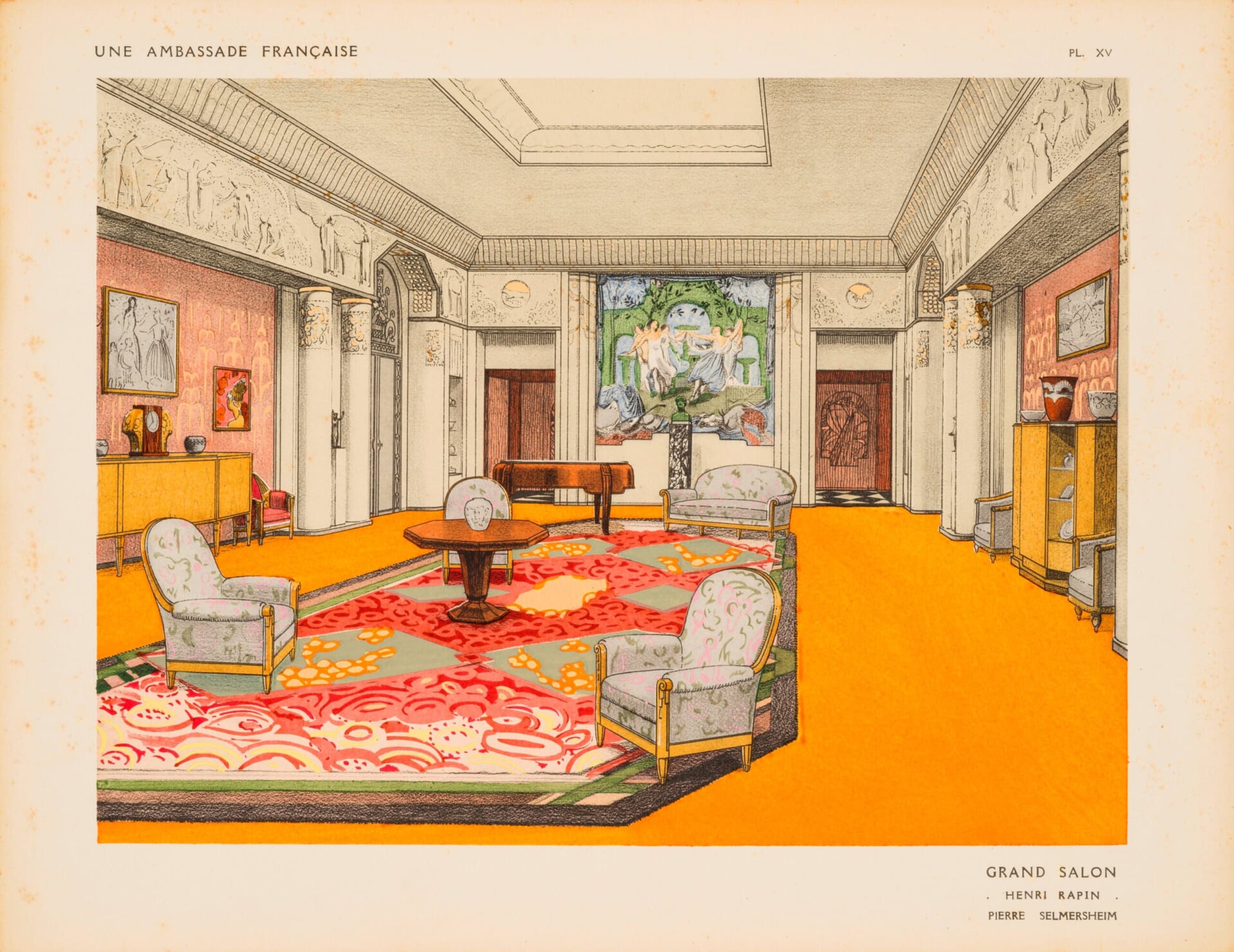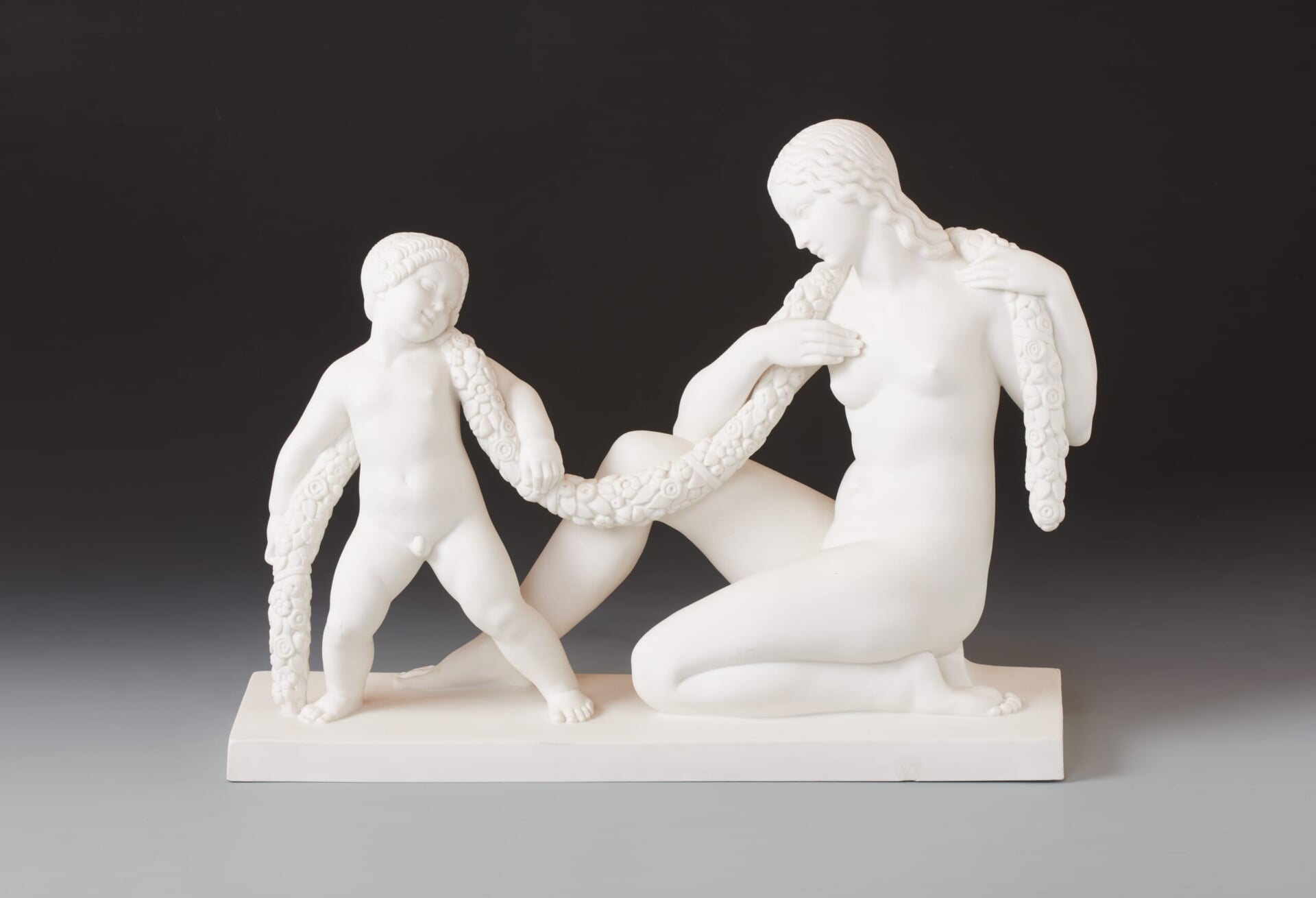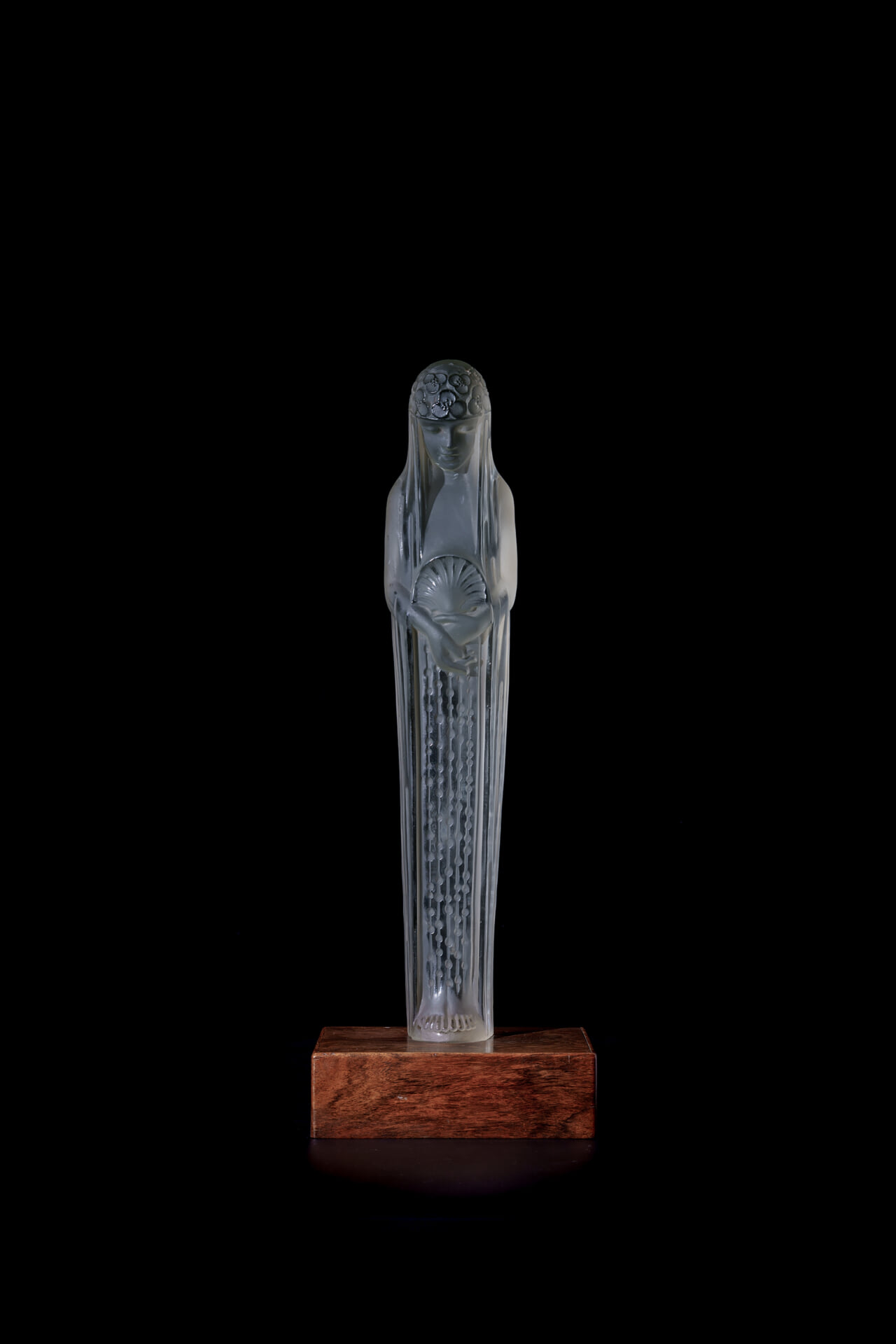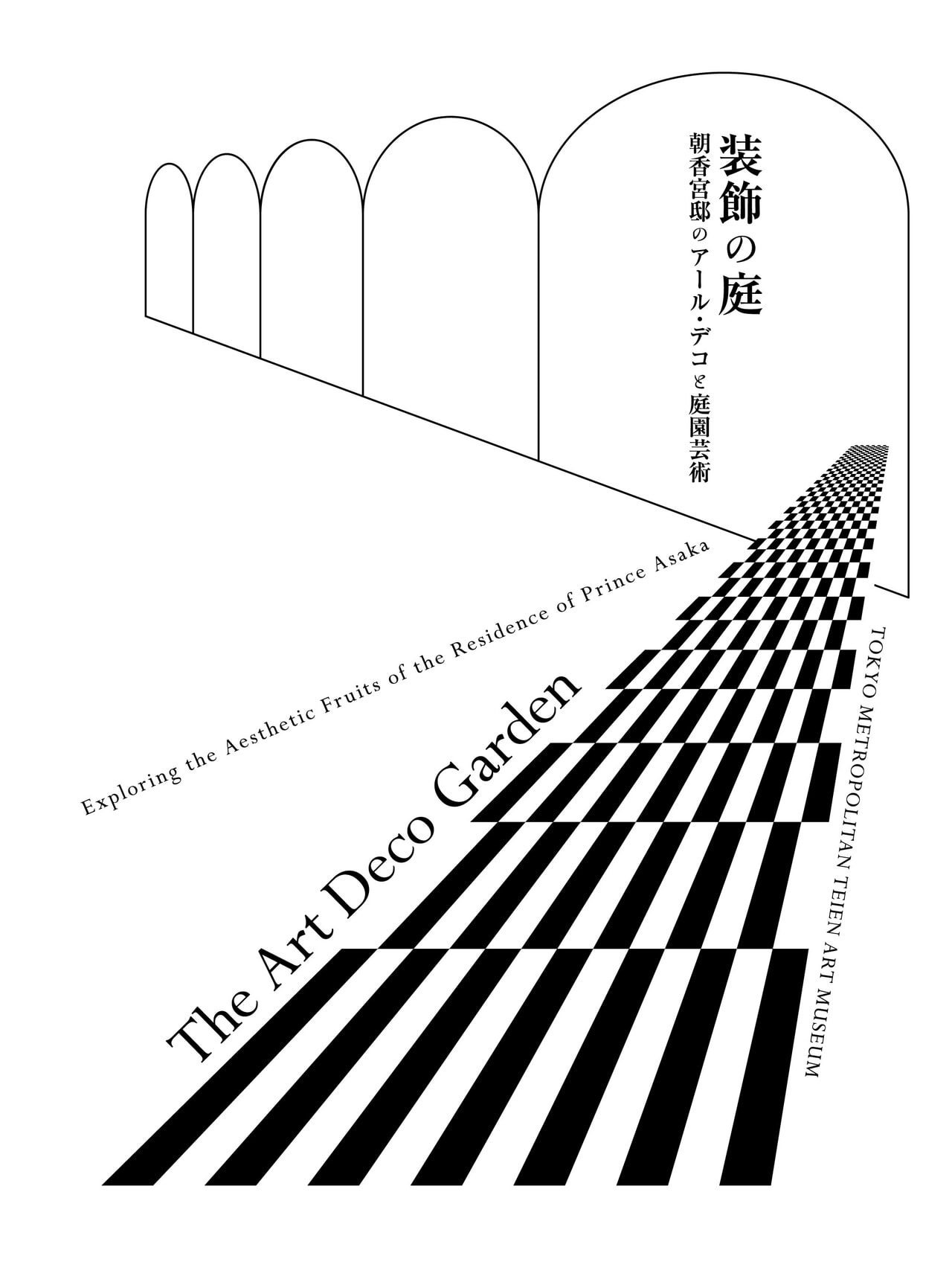The Residence of Prince Asaka (current Tokyo Metropolitan Teien Art Museum) was completed on a site located within the imperial estate in Shirokane, Tokyo in 1933. The garden area of this site measuring approximately 34,765 square-meters includes a spacious lawn, Japanese garden, and a bonsai and flower garden, and animals such as cranes and peacocks had once roamed their grounds. The interior walls of the residence are painted with landscapes of verdant forests overlooking mountains in the distance and gardens filled with water in correspondence to a decoration plan designed to give the impression of being amidst nature while indoors. This series of decorative paintings by French artist décorateur Henri RAPIN (1873-1939), who was responsible for designing the interiors of the main guest rooms, serve as keys to deciphering the concept of the Residence of Prince Asaka, and also demonstrate a connection to the arts du jardin (art of the garden) in France at the time.
The Exposition Internationale des Arts Décoratifs et Industriels Modernes (International Exhibition of Modern and Industrial Decorative Arts), held in Paris in 1925, which is said to have had a significant influence on the decorative planning of the residence, placed great importance on “arts du jardin,” establishing it as an independent exhibit category for the very first time. Not only landscape designers, but also architects and artist décorateurs concerned themselves with the means by which to “decorate” “gardens,” and a variety of gardens were thus created around each pavilion as well as in the streets.
Presenting a selection of approximately 120 works of art, including paintings, sculptures, crafts, prints, photographs, and documents, this exhibition brings focus to trends surrounding modern gardens in France during the interwar period between the two world wars centering on those featured in the exposition, and introduces the ways in which gardens developed by means of incorporating elements of classicism, exotism, and cubism. The exhibition is an attempt to deepen the understanding of the museum’s architectural decor and space itself.



















